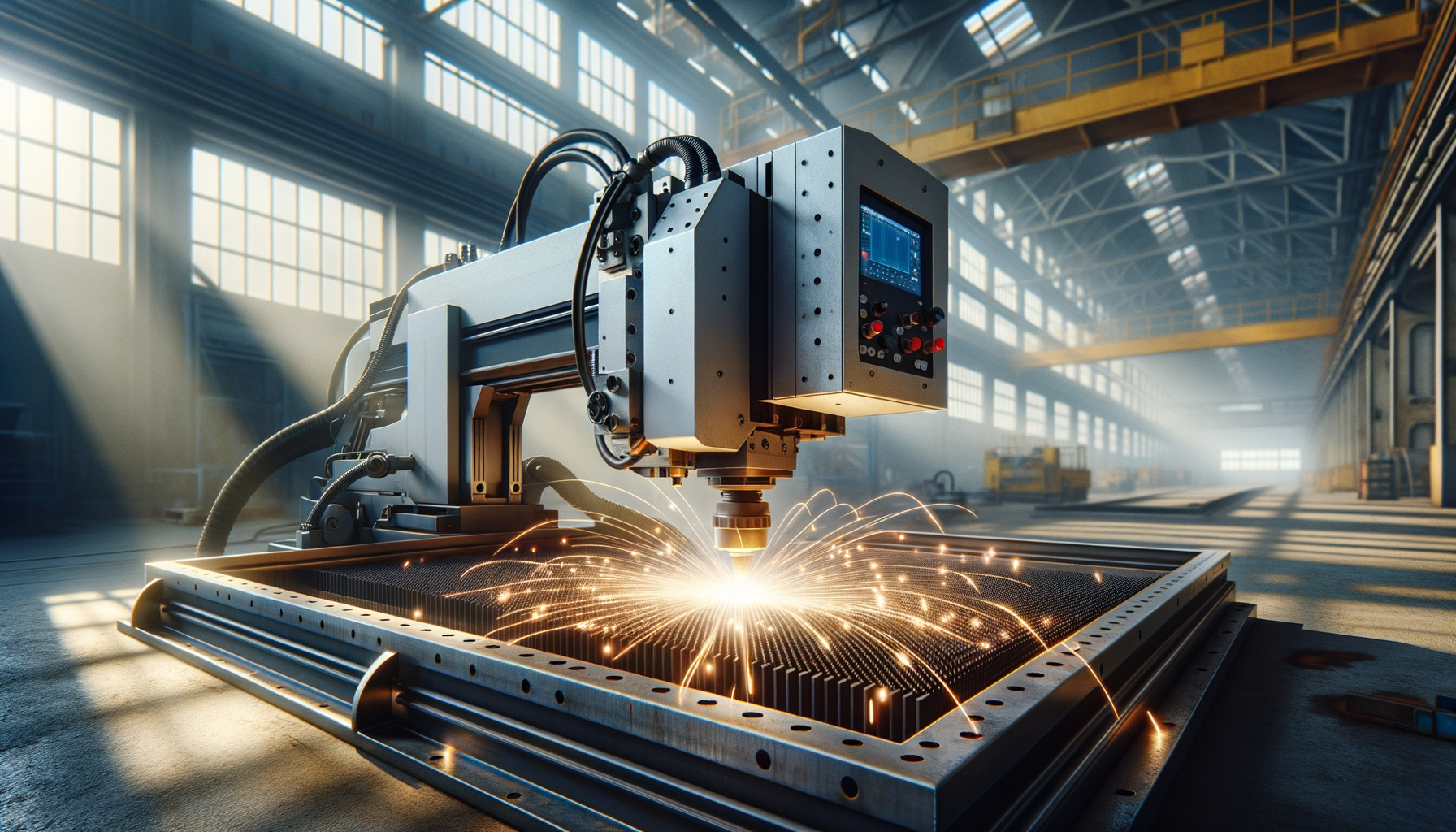
How to Transform Any Space with Durable Epoxy Flooring
Introduction to Epoxy Flooring
Epoxy flooring is a versatile and durable solution that has become increasingly popular in both residential and commercial settings. Known for its resilience and aesthetic appeal, epoxy flooring provides a seamless surface that is both easy to clean and maintain. This type of flooring is made by combining resin and hardener, which chemically react to form a rigid plastic material that bonds exceptionally well to most substrates. It’s this unique composition that makes epoxy flooring an outstanding choice for areas that experience high traffic and require a robust surface.
One of the most appealing aspects of epoxy flooring is its ability to transform any space with minimal effort. It is not only practical but also comes in a wide range of colors and finishes, allowing homeowners and business owners alike to customize their spaces to reflect their personal style. Additionally, epoxy flooring is renowned for its exceptional durability, making it an ideal solution for environments where floors are subjected to heavy wear and tear.
Benefits of Epoxy Flooring
There are numerous benefits associated with epoxy flooring, making it a favored choice for many. Firstly, its durability is unmatched. Epoxy coatings can withstand a significant amount of pressure, which makes them suitable for garages, warehouses, and industrial spaces. This durability also extends to its resistance to chemical spills, which can damage other types of flooring materials.
In addition to being robust, epoxy flooring is also highly customizable. Whether you’re aiming for a sleek, modern look or a more traditional aesthetic, epoxy can be tailored to meet your design needs. The seamless finish of epoxy flooring not only enhances its appearance but also contributes to its ease of maintenance. Since there are no seams or joints, cleaning becomes a breeze, and the risk of dirt and bacteria accumulation is reduced.
Furthermore, epoxy flooring is cost-effective. While the initial installation may seem higher compared to other flooring options, its longevity and minimal maintenance requirements make it a wise investment in the long run. The reflective properties of epoxy flooring can also help improve lighting in spaces, reducing the need for additional lighting fixtures and thus saving on energy costs.
Applications of Epoxy Flooring
Epoxy flooring is incredibly versatile and can be used in a variety of settings. In residential spaces, it is commonly applied in garages, basements, and kitchens due to its durability and ease of cleaning. The ability to withstand heavy machinery and resist chemical spills makes it an ideal choice for these areas.
Commercial and industrial settings also benefit greatly from epoxy flooring. Warehouses, hospitals, and retail spaces frequently use epoxy coatings because of their ability to handle high foot traffic and provide a safe, slip-resistant surface. The customizable nature of epoxy flooring allows businesses to incorporate logos and designated areas, enhancing both functionality and branding.
Moreover, epoxy flooring is used in environments where hygiene is paramount. Laboratories and food processing plants often opt for epoxy coatings due to their seamless and impermeable surface, which prevents the accumulation of bacteria and is easy to sanitize.
Installation Process of Epoxy Flooring
The installation of epoxy flooring involves several crucial steps to ensure a durable and long-lasting finish. It begins with preparing the surface, which is essential for proper adhesion. The substrate must be clean, dry, and free from any contaminants such as oil or grease. Often, this involves grinding or shot blasting the surface to create a suitable texture for the epoxy to bond to.
Once the surface is prepared, the epoxy resin and hardener are mixed and applied. This process must be done with precision, as the chemical reaction begins immediately. Depending on the desired finish, multiple layers may be applied. Each layer needs to cure completely before the next is added, which can take several hours to a few days.
After the final layer is applied and cured, a topcoat is often added to enhance the floor’s appearance and provide additional protection. This topcoat can be customized with different finishes, such as matte or gloss, and can include additives for increased slip resistance.
Maintenance of Epoxy Flooring
Maintaining epoxy flooring is relatively straightforward, which adds to its appeal. Regular cleaning with a soft broom or mop is usually sufficient to keep the surface looking pristine. For more thorough cleaning, a mild detergent and water can be used. It’s important to avoid using harsh chemicals or abrasive tools, as these can damage the epoxy surface.
In addition to routine cleaning, it’s crucial to address any spills immediately, especially if they involve chemicals. While epoxy is resistant to many substances, prolonged exposure can lead to staining or damage. Periodic inspections can help identify any areas that may require touch-ups or repairs, ensuring the floor remains in excellent condition.
With proper care, epoxy flooring can last for many years, providing a durable and attractive surface for any space. Its combination of aesthetics, practicality, and longevity makes it a popular choice for those looking to enhance their environments.


